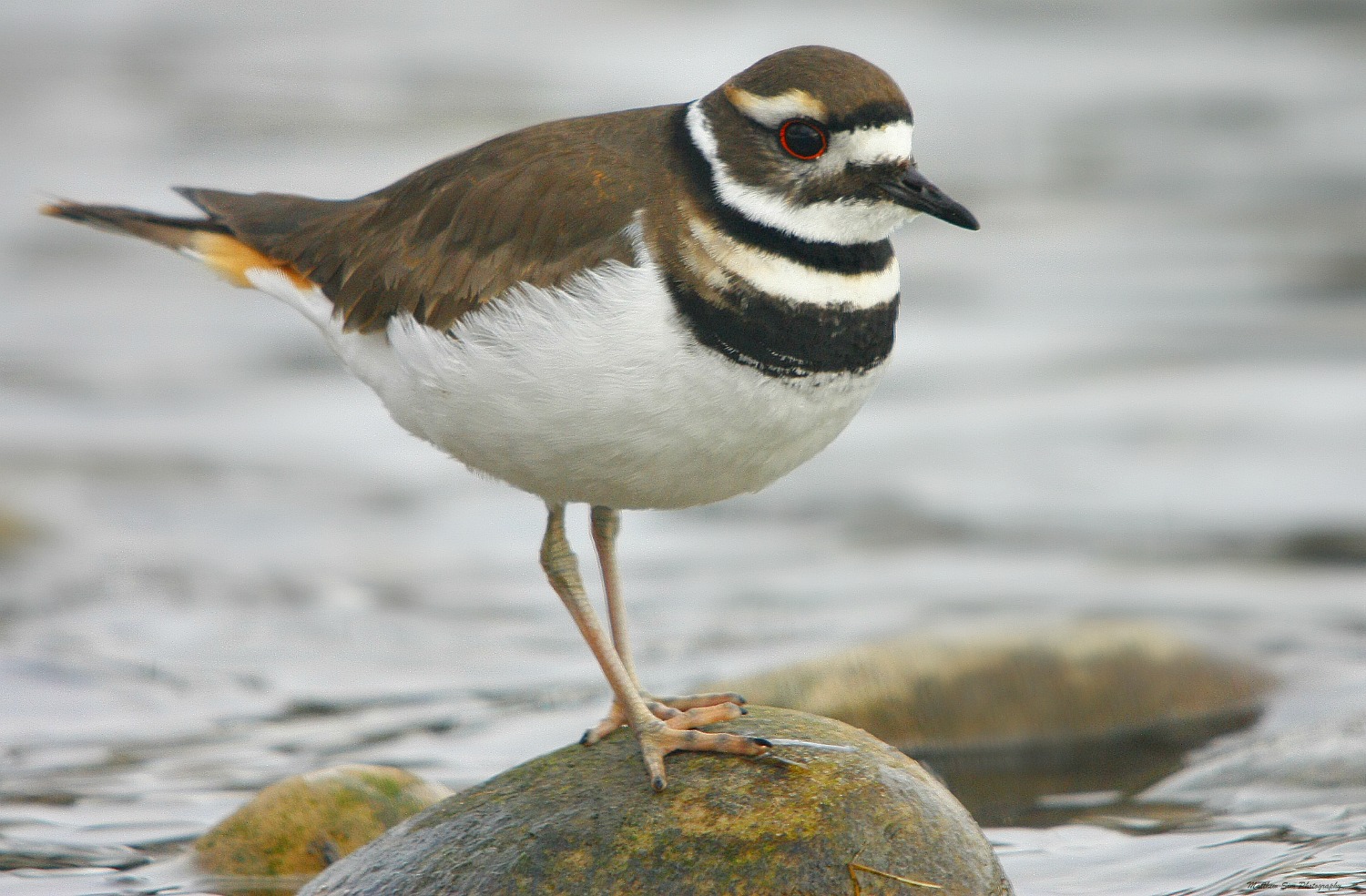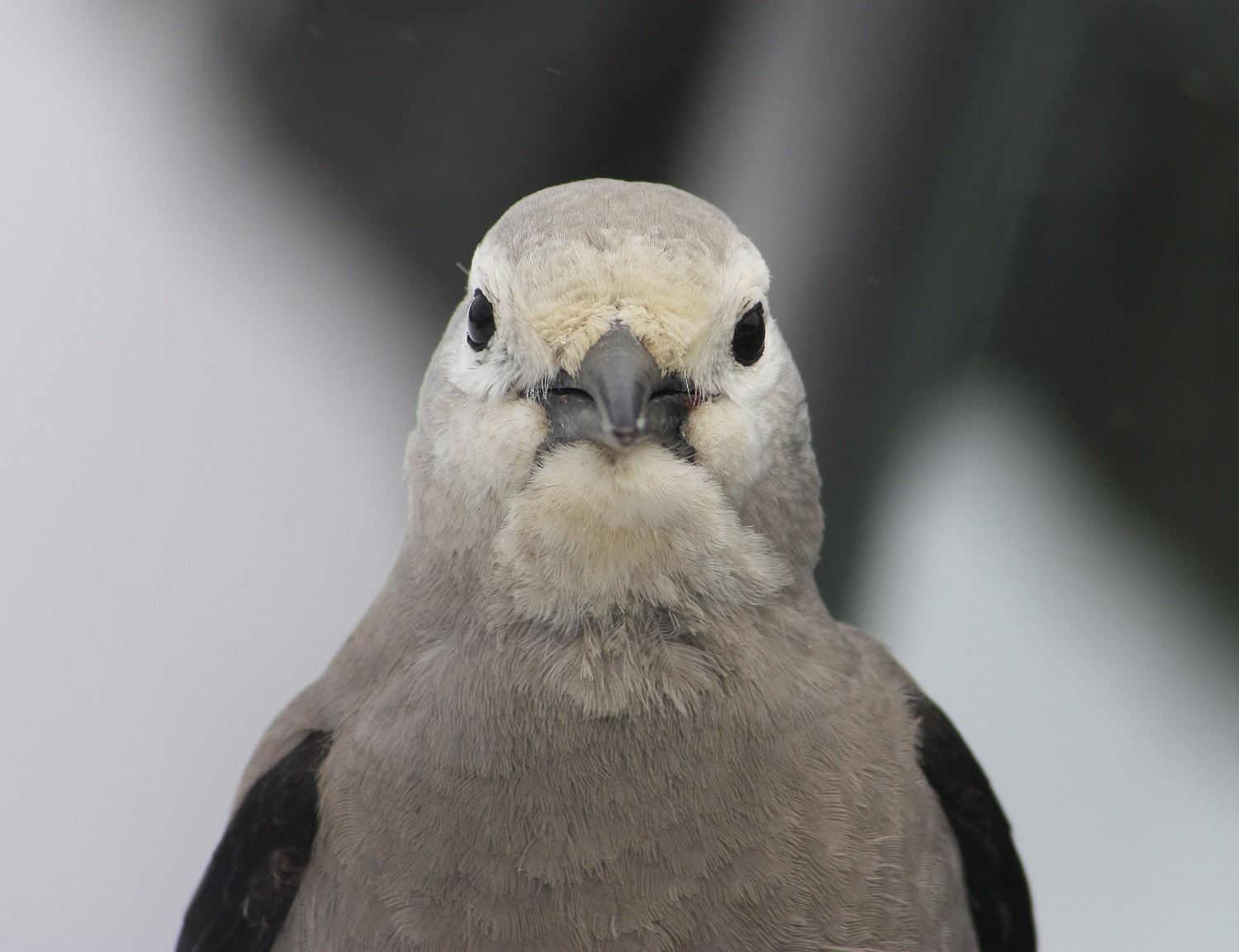Have you seen an unusual bird in Calgary? If it is on this Reportable_Birds (PDF), please report it to the Nature Calgary Rare Bird Alert line at 403 221-4519 and leave a message after the beep at the end of the recording. If you would like some help with species identification, us email us at zoxox@shaw.ca To report injured wildlife call the Calgary Wildlife Rehabilitation Society at 403 239-2488, or the Alberta Institute for Wildlife Conservation at 403 946-2361.
This Bird Alert was recorded on Monday December 5.
Bird Sightings:
Dec. 1
HORNED GREBE, Lake Minnewanka, Banff National Park, Malcolm and Joan McDonald
WESTERN GREBE, same, MJM
GREEN-WINGED TEAL (9), second Vermilion Lake, Banff, NP, MJM
TOWNSEND’S SOLITAIRE, Vermilion Lakes Drive, Banff NP, MJM
GRAY-CROWNED ROSY-FINCH (200+), Barrier Mountain Drive feeder, Exshaw, MJM
Dec. 2
CANVASBACK, above weir at Carseland, MJM
GREATER SCAUP, same, below weir, MJM
PEREGRINE FALCON, field on W side of Frank Lake (6 km. E of High River on HWY
23)
HERMIT THRUSH (probable), HWY 546 W of Turner Valley, woods between hwy and
Sheep River, Jeff Bennett.
Dec. 3
RED-NECKED GREBE, Lake Minnewanka, Phil Cram, Brian Elder, Ray Woods
WESTERN GREBE (4), same, PC, BE, RW
TUNDRA SWAN (probable, bird was an adult), Policeman’s Flats, end of Bow Riverbottom Trail, off Dunbow Rd., just SE of Calgary, Terry Korolyk
GADWALL (male and female), same, TK
NORTHERN SHOVELER (female), same, TK
REDHEAD (male and female), Elliston Park, E Calgary, TK
GREATER SCAUP (female), Policeman’s Flats, TK
LONG-TAILED DUCK (imm. female?), Elbow River, upstream up 25th Ave. bridge, MJM
HOODED MERGANSER (2 male, 1 female), Elliston Park, TK
GYRFALCON, HWY 532 just E of HWY 799, (bird was a gray morph), TK
BROWN CREEPER (4), Fenland Trail, Banff NP, PC, BE, RW
TOWNSEND’S SOLITAIRE (2), Vermilion Lakes, PC, BE, RW
Dec. 4
AMERICAN WIGEON, Beaverdam Flats, Bow River, Kingsley Blades on behalf of the
Nature Calgary field trip
The next scheduled update of the Bird Alert is on Thursday Dec 8.
BIRD STUDY GROUP:
Bird Study Group meets 1st Wednesday of the month, Room 211, BioSciences Building, U of C except June through August when field trips replace the meetings.
December meeting is Wednesday,December 7. Topic will be “Birding in Brazil”, presented by Rob Worona. Meeting time is 7:30pm.










































